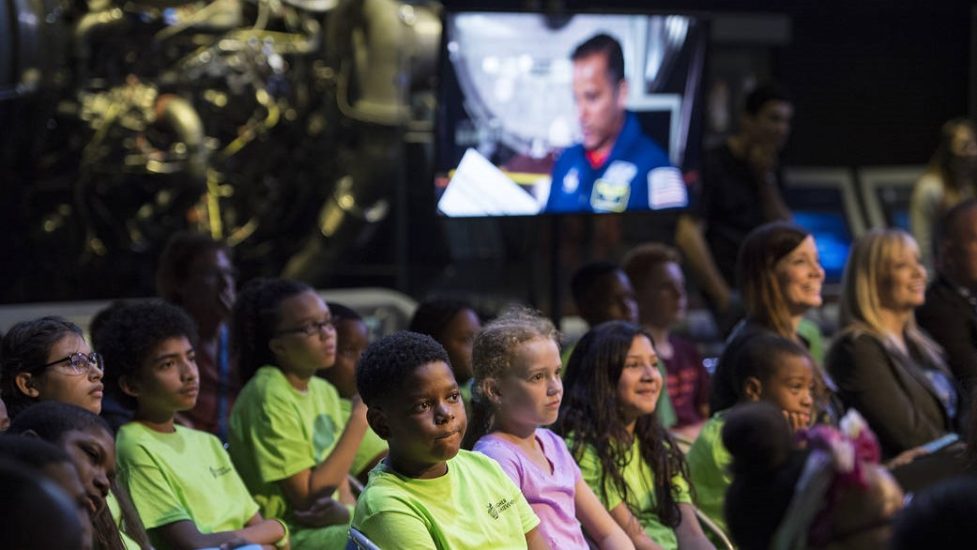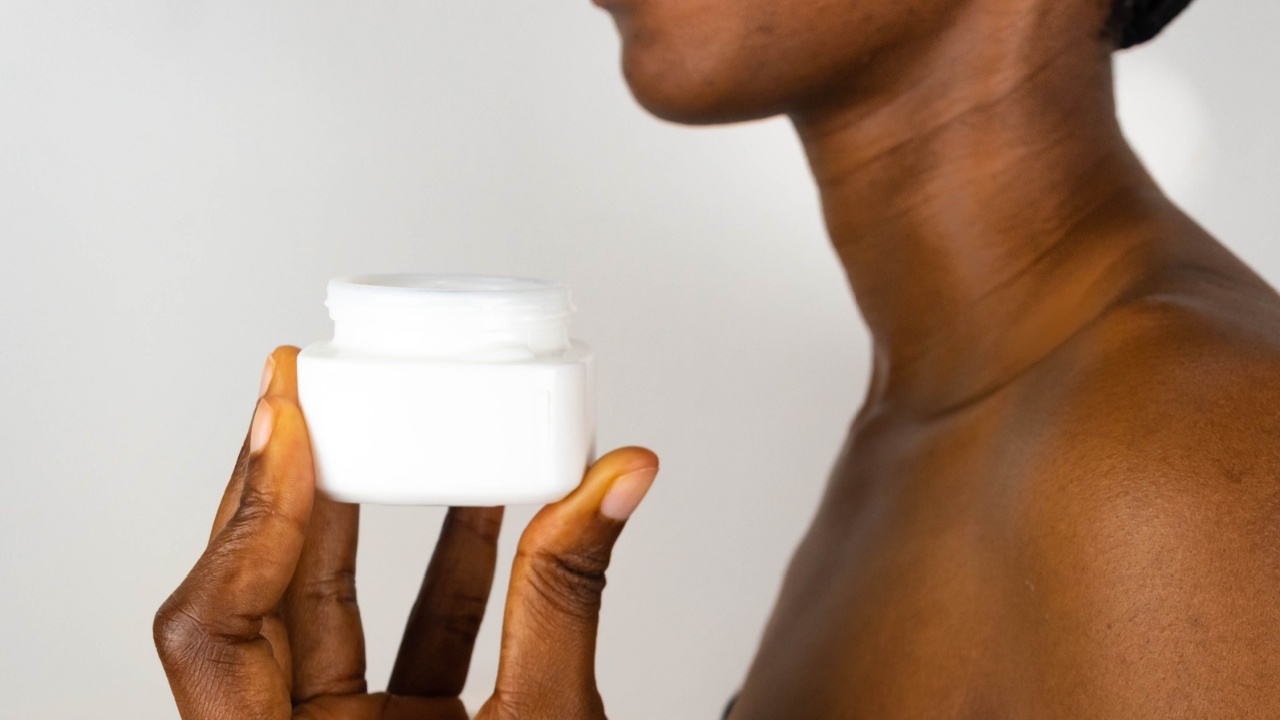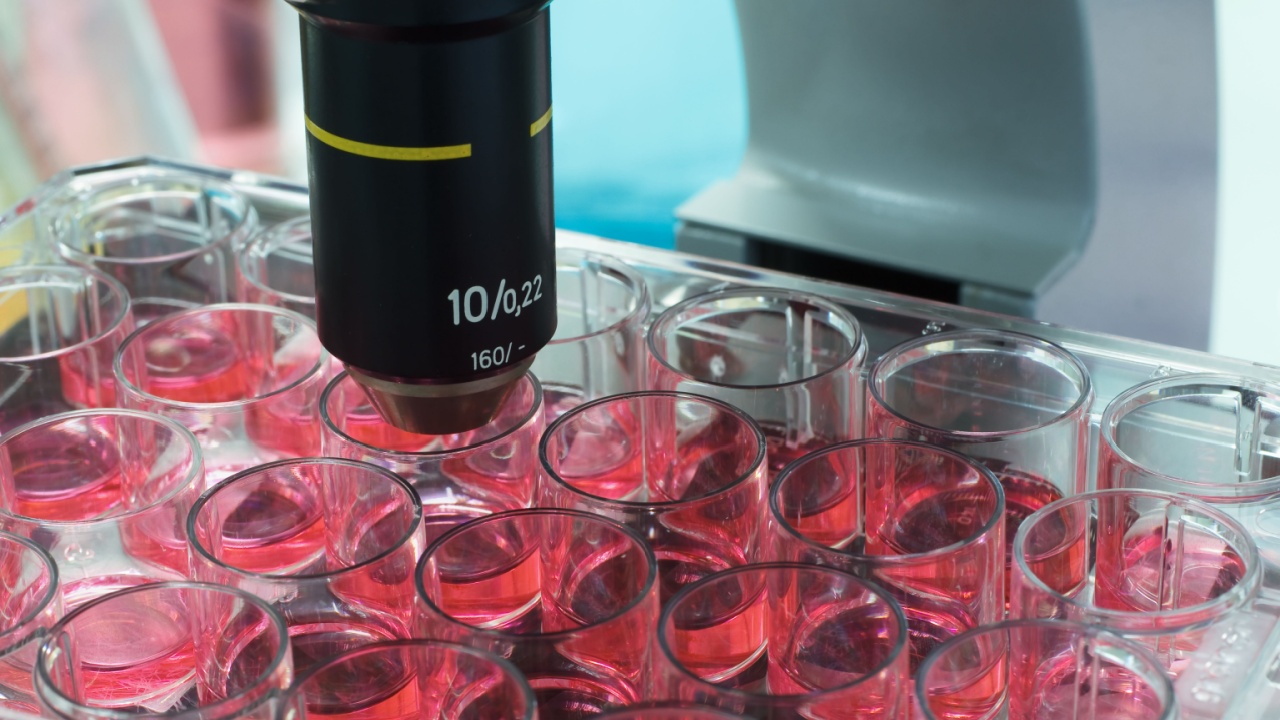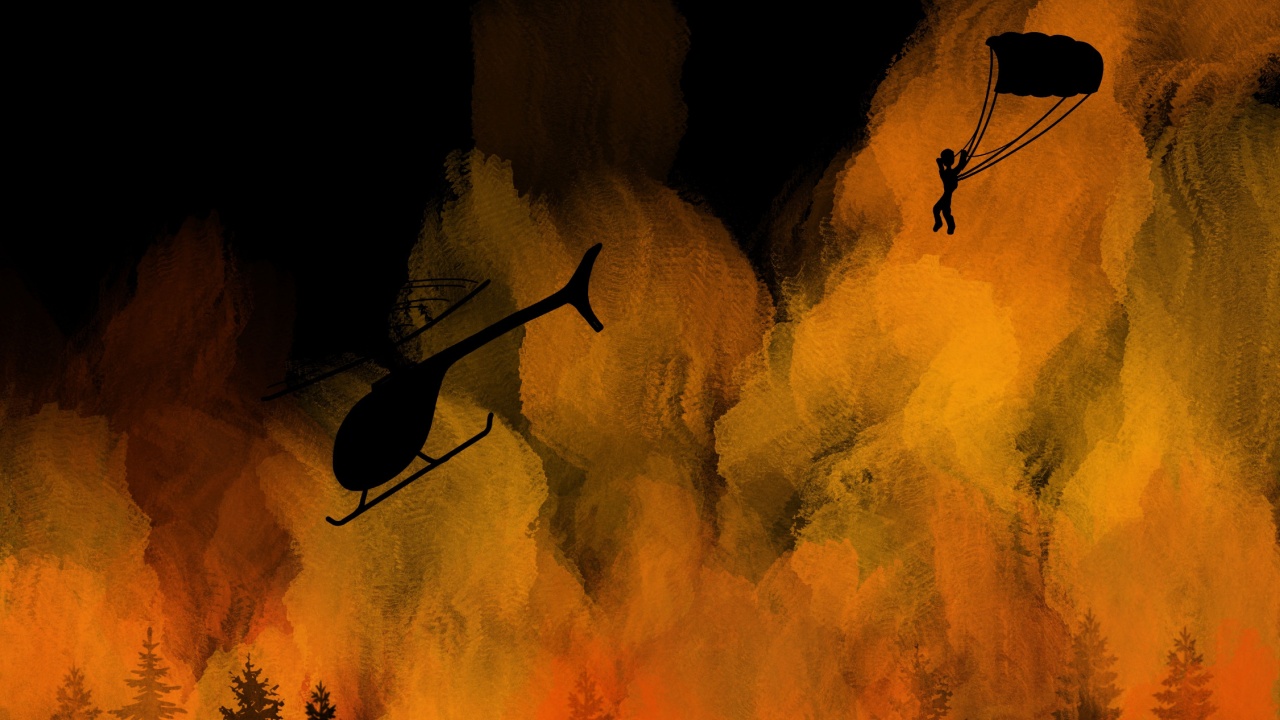STEM fields (science, technology, engineering and math) are growing and so is the need for workers. There were nearly 10 million people in STEM occupations in the U.S. in 2021, according to the U.S. Department of Labor, and that number is expected to grow 11% by 2031.
Those STEM occupations pay a median salary that is more than twice the amount of non-STEM salaried jobs. What’s still lagging in the field is diversity, as people of color and women are underrepresented in STEM careers.
Those shortfalls have widely-felt implications.

The National Science Foundation (NSF), for one, makes the case that the lack of diversity in STEM is a threat to both the country’s progress, innovation, and security. And it stresses the need to reach children of all backgrounds at early ages to spark interest in STEM.
NASA has made it a mission to do just that through its Office of STEM Engagement, citing the agency’s vested interest in building a diverse future STEM workforce.
Its outreach starts with students as early as kindergarten through its K-12 Next Gen STEM project.
A Different Kind of Moon Shot
Elaine P. Ho was serving as the deputy associate administrator of NASA’s Office of STEM Engagement when I first interviewed her in March at SXSW EDU 2023. She recently moved into the role of NASA’s associate administrator for diversity and equal opportunity.
“We know – and research shows us – that if we don’t catch students early on in that kind of late middle school, late elementary school, that they may lose interest about a career in STEM. And that’s particularly true for our girls and for our students of color,”

She says to get students interested in STEM, you have to start with engaging teachers.
“We know that teachers and educators are like a force multiplier. If we’re able to really impact one teacher, we’re able to impact many students,” says Ho.
“So we have built a platform called Connects. It’s a virtual platform where teachers – no matter where they are in the country – can come together on this platform and get access to NASA content, curated NASA content, as well as connect with each other. “
Content is targeted to specific grade levels. For students as young as kindergarten, there are interactive lessons and games. Students in upper grades can learn about the wide range of careers at NASA from moon rock processors to astronauts, dive specialists to aerospace technicians.
Inspiring Students to Dream Big
More than 240-thousand students participated in NASA’s Next Gen STEM programs last year, by NASA’s count, along with more than 39-thousand educators.

Among those teachers is Melissa Sleeper, a science teacher at Storm Grove Middle School in Indian River County, Florida. Sleeper says the jobs in her community are mainly service industry jobs and Connects allows her students to explore other career pathways.
“A program like this allows me to supply my students with contact – at least through video and webinars – with people who are doing all different kinds of things and give them an idea of what the possibilities are. They can dream big if they know about something.”
Some of those contacts are having ripple effects.
During National Hispanic Heritage Month, Sleeper says NASA Connects provided an opportunity for her students to speak with former astronaut José Hernández.
As a child, Hernández’s family were migrant farm workers and he was determined to become an astronaut. Hernández didn’t learn English until he was 12 and eventually earned a degree in electrical engineering from Pacific and a master’s from University of California, Santa Barbara. Still, he was rejected by NASA eleven times before finally being accepted into the program.

“He’s got a tremendous story to share. I teach a lot of Hispanic kids and it’s important for them to get that kind of message, that he was the child of a migrant farm worker who used to just move from place to place and never really went to school full-time until he was in second grade,” explains Sleeper. “He just never gave up.”
Because Sleeper also holds the title of Solar System Ambassador, she does informal science outreach outside her classroom for NASA at events after school and in the summer.
She recalls giving a presentation at a bilingual elementary school and, with Hernández’s help, showed the audience videos of Hernández along with signed photos and books.
“The parents that were there, most of them were migrant workers themselves, or a lot of them, in tears literally coming up to me and telling me ‘thank you so much, thank you so much and now my kid might become an astronaut too.’ It just so moved them to see someone like them become so successful,” recalls Sleeper.
A New Mission to the Moon Could Excite Students About Science
Today, July 20, marks the 54th anniversary of man’s first walk on the moon.
Apollo 11 commander Neil Armstrong was took that historic first step, joined 19 minutes later by Lunar Module Eagle pilot Buzz Aldrin as Command module pilot Michael Collins orbited the moon.

Artemis is NASA’s current mission to return astronauts to the Moon by 2024 to explore and prepare for future missions to Mars.
Sleeper cites this new mission as an opportunity for students who don’t have all that much interest in science or math to explore potential careers. She and two dozen eighth grade students from her school recently visited the Kennedy Space Center and attended a student mission briefing on the Artemis program and wrote their own news article about it.
“Most of the kids selected for that program were selected by their language arts teachers to attend because they write well or they communicate well, not necessarily the kids that really are excited about science. I had students who, in that article, who specifically said ‘I never saw myself as a person who could work at NASA and now I know that is where I want to work,’” explains Sleeper.

Getting Hands-On Experience
Beyond educational programs inside schools, NASA also provides hands-on projects to get kids interested in STEM through student competitions and challenges in which students are tasked with finding solutions to real-life problems for NASA, with several focused on the Artemis mission.
Take for example, the Human Exploration Rover Challenge have to design and build a human powered vehicle and then test it to see if it the rover can operate in different environments.
For students in middle school and high school, there’s also the App Development Challenge. It’s a coding challenge in which students were tasked with building an application involving visualizations of the moon’s South Pole regions where Artemis astronauts are scheduled to explore. The apps also involved displaying and receiving information.
‘Future colonists of Mars and the moon’
NASA’s Ho says partnerships outside of the space agency are also playing roles to make virtual connections with kids. “We have NASA content, but we know that we might not have all the networks to reach those students, particularly those in underserved communities. So, we rely on those partners that do,” explains Ho.
Minecraft, which is owned by Microsoft, is among the latest companies to team up with NASA, building the Minecraft Artemis Missions on Minecraft Education. “We did a partnership with them where they are going to take the Artemis rockets and put that into a Minecraft world. That’s a great example of a way where we use a partner who has that kind of reach,” says Ho.
Underscoring the gravity for the need for future workers in STEM careers, the Department of Education recently expanded its partnership with NASA to make space and STEM education available to more classrooms.
Sleeper, for one, sees the countdown clock ticking to ignite enthusiasm for STEM.
“These kids are going to be the future colonists of Mars and the moon,” she stresses.












